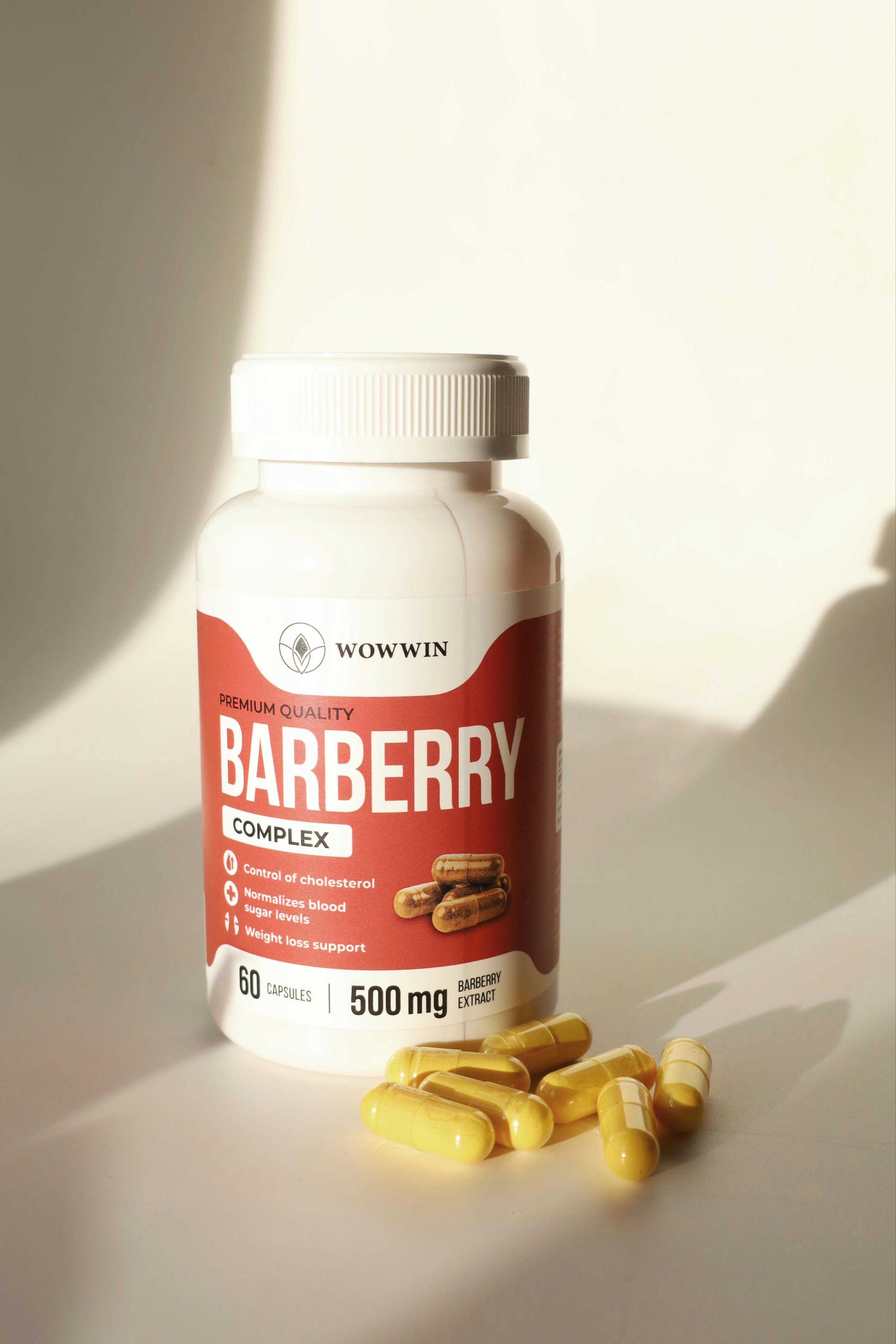
Essential Vertical Diet Meal Plan for Optimal Health
In today's fast-paced world, achieving optimal health through diet is more important than ever. The Vertical Diet, which emphasizes the consumption of nutrient-dense foods, particularly beneficial for those seeking to enhance muscle gain, improve performance nutrition, or even achieve weight loss goals, stands out as a practical approach to meal planning. By prioritizing whole foods like red meat, eggs, fruits, and vegetables, the Vertical Diet aims to maximize nutrient intake while simplifying meal prep.
Through this article, we’ll delve into what constitutes an effective Vertical Diet meal plan for 2025, focusing not only on the variety of meals but also on the cooking techniques and food combinations that ensure balanced nutrition. We’ll discuss how the Vertical Diet can support energy levels, body composition, and overall health by offering tips on meal frequency, hydration strategies, and practical recipe ideas. Additionally, we'll provide a grocery list to make your meal planning easier. Let’s embark on this journey toward healthier eating!
Maximizing Nutrient-Dense Foods in Your Meal Plan
Building a meal plan around nutrient-dense foods is at the very core of the Vertical Diet. This approach entails choosing foods that offer the highest nutrient value per calorie, promoting optimal health while supporting your fitness goals.
Understanding Nutrient Density
Nutrient density refers to the concentration of essential nutrients in a given calorie amount of food. Foods like lean meats, vegetables, fruits, and whole grains are considered nutrient-dense as they provide vitamins, minerals, and other beneficial compounds without excessive calories. When planning meals, focus on these food categories to ensure you are fueling your body effectively.
Incorporating Lean Proteins
Lean proteins are fundamental to the Vertical Diet. Sources like red meat, chicken, fish, and legumes are excellent for muscle recovery and promote satiety, making it easier to manage portion sizes. Understanding the recommended daily intake of protein according to your fitness goals can help individuals structure their meals efficiently, whether they are aiming to bulk up or maintain weight.
Balancing Carbohydrates and Healthy Fats
Carbohydrates serve as the primary energy source for your body. Incorporate whole grains, fruits, and starchy vegetables to supply complex carbohydrates that offer sustained energy levels. Coupling these with healthy fats from sources like avocados, nuts, and olive oil not only enhances flavor but also supports metabolic functions and aids in the absorption of fat-soluble vitamins.
Strategic Meal Prep for Efficiency
Meal prep is an integral part of the Vertical Diet, enabling you to maintain consistency, save time, and manage portions effectively. Here are key strategies to optimize your meal preparation:
Creating a Balanced Grocery List
A well-structured grocery list is essential for successful meal prep. Focus on including a variety of lean meats, whole grains, and fresh produce. For example, stock up on red meat, chicken, quinoa, brown rice, and seasonal fruits and vegetables. This variety not only enhances the nutrient profile of your meals but also keeps meal fatigue at bay.
Bulk Cooking Techniques
Cooking in bulk can be a game changer for busy individuals. Prepare large amounts of proteins and grains at the beginning of the week, portion them into containers, and store them in the refrigerator or freezer. This allows for quick meal assembly on days when you are short on time, ensuring adherence to your meal plan.
Smart Cooking Methods for Meal Prep
Adopt cooking methods that maximize flavor and nutrient retention. Techniques such as steaming vegetables, grilling meats, and using sautéing with healthy fats can preserve micronutrients while enhancing taste. Additionally, experimenting with herbs and spices can elevate simple meals, making them enjoyable and more satisfying.
Understanding Meal Timing and Its Impact on Performance
Meal timing is a crucial aspect often overlooked in nutrition planning. For those engaged in regular fitness activities, strategic meal timing can significantly impact performance and recovery.
Optimal Pre- and Post-Workout Nutrition
Consuming a balanced meal or snack that includes carbohydrates and protein within a specific window before and after a workout can enhance energy levels and promote muscle recovery. Ideally, a snack rich in protein and carbohydrates should be consumed 30 minutes to an hour before exercise, while a post-workout meal should follow within two hours to replenish energy stores.
The Role of Hydration Strategies
Hydration plays a vital role in both performance and recovery. Staying hydrated helps manage hunger, improve digestion, and support overall metabolic processes. Aim for regular water intake throughout the day, and consider incorporating electrolyte-rich beverages post-exercise to replenish lost minerals.
Frequency of Meals and Energy Levels
Maintaining energy levels throughout the day is achievable by eating at regular intervals. Aim for 4-6 small meals focusing on balanced nutrients. This strategy helps regulate blood sugar levels, making it easier to manage cravings and support satiety.
Exploring Whole Foods and Their Health Benefits
Integrating a variety of whole foods into your Vertical Diet meal plan brings numerous health benefits, aiding in digestion, supporting body composition, and enhancing immune function.
The Importance of Fruits and Vegetables
Fruits and vegetables are packed with essential vitamins, minerals, and dietary fiber that support overall health. Aim to fill half your plate with a colorful array of produce to ensure you are getting a wide range of nutrients. Popular choices such as spinach, berries, and sweet potatoes not only add flavor but also contribute to long-term health benefits.
Whole Grains vs. Refined Carbohydrates
Whole grains provide more fiber and nutrients compared to refined carbohydrates. They are less likely to cause spikes in blood sugar, leading to sustained energy levels. Regularly incorporate options like brown rice, quinoa, and oats into your meal plan for enhanced digestive health.
Healthy Fats and Their Role in Nutrition
Healthy fats are essential for maintaining hormonal balance and supporting brain function. Including sources such as avocados, nuts, and fatty fish will not only help meet your macronutrient targets but also improve overall culinary satisfaction.
Practical Recipe Ideas for Your Vertical Diet
Creating balanced meals doesn’t have to be difficult. Here are some practical recipe ideas that align with the Vertical Diet principles:
Quick and Easy Breakfast Ideas
Start your day with a nutrient-dense breakfast that provides long-lasting energy. A popular option includes scrambled eggs with spinach and whole-grain toast topped with avocado. This combination provides proteins, healthy fats, and complex carbs to fuel your morning.
Protein-Packed Lunch Suggestions
For lunch, consider a quinoa salad loaded with grilled chicken, mixed greens, cherry tomatoes, and a light vinaigrette. This meal not only meets protein requirements but is also rich in vitamins and minerals, promoting vitality throughout your afternoon.
Delicious Dinner Options
For dinner, opt for a hearty stir-fry using lean beef, a mix of colorful vegetables, and brown rice. This meal is quick to prepare and packed with nutrients to support your evening recovery and preparation for the next day.
Maintaining a Sustainable Healthy Eating Lifestyle
Adopting the Vertical Diet is not just about nutrition; it’s about embracing a healthy lifestyle. Here’s how to maintain sustainability in your food choices:
Overcoming Meal Challenges
Staying on track with your dietary goals might present challenges, especially during social events or busy life choices. Being prepared with a plan and portable snacks can help manage hunger and maintain your momentum, while also allowing for flexibility without guilt.
Mindful Eating Practices
Practicing mindful eating can help you develop healthier eating habits. Pay attention while eating by savoring flavors and textures to enhance meal enjoyment. This practice can also support portion control and prevent overeating.
Engaging with a Nutrition Coach
If navigating dietary changes proves overwhelming, consider partnering with a nutrition coach or professional. They can provide personalized guidance, support your meal planning efforts, and help you stay accountable to your goals.
Q&A About the Vertical Diet Meal Plan
What are the key benefits of the Vertical Diet?
The Vertical Diet emphasizes nutrient-dense foods that support muscle gain, weight loss, and overall health. Benefits include improved energy levels, optimal body composition, and enhanced digestion due to the focus on whole foods.
How can I adapt the Vertical Diet for my dietary restrictions?
Adapting the Vertical Diet involves substituting certain foods while maintaining the core philosophy. For instance, vegetarians can replace red meat with plant-based protein sources like legumes or tofu while ensuring they meet their nutrient needs through careful meal planning.
What are some easy meal prep tips for beginners?
Start by choosing simple recipes that require minimal ingredients. Design a grocery list and allocate specific days for meal preparation. Invest in quality storage containers to keep meals fresh and convenient.

Conclusion: Embracing a Vertical Diet for Lifelong Health
The Vertical Diet offers a structured yet flexible approach to eating that aligns well with fitness goals and promotes long-term health. By focusing on the integration of high-quality foods, strategic meal timing, and practical cooking methods, you can create a sustainable and enjoyable eating pattern. Experiment with meals, stay accountable to your goals, and make adjustments as needed to achieve the best results for your health journey.
